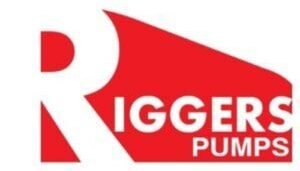High-pressure gutter cleaning involves using a specialized pressure washer to clean out debris from gutters, ensuring they remain free-flowing and functional. Here’s how it works and its applications:
How High-Pressure Gutter Cleaning Works
- Preparation:
- Safety measures: Operators wear safety gear (goggles, gloves, and boots), and in some cases, harnesses if working at heights.
- Equipment setup: A pressure washer with a long hose and a specialized nozzle is used. Sometimes, extensions or curved attachments are added to reach gutters without needing to climb ladders.
- Cleaning Process:
- Debris removal: The high-pressure water blast dislodges and removes leaves, dirt, twigs, and other accumulated debris from the gutters.
- Flushing downspouts: After clearing the main gutter channel, the downspouts are flushed to ensure there are no blockages.
- Final inspection: The technician checks for clogs, leaks, or damage after cleaning to ensure the system is working correctly.
Applications of High-Pressure Gutter Cleaning
- Residential Gutter Cleaning:
- Keeps gutters free of leaves, dirt, and plant material.
- Prevents water damage, leaks, and mold growth due to overflowing gutters.
- Commercial Buildings:
- Large commercial roofs collect more debris, and pressure cleaning helps maintain the integrity of gutter systems.
- Post-Storm Cleanups:
- Following heavy storms or hurricanes, gutters often collect excessive debris, such as branches, mud, and leaves. High-pressure cleaning quickly restores functionality.
- Seasonal Maintenance:
- In areas with frequent rain or leaf fall, seasonal cleaning before and after fall can prevent clogs and water damage to the property.
- Preparation for Repairs or Installations:
- Before installing gutter guards or performing gutter repairs, high-pressure cleaning ensures the system is completely clean and free from obstructions.
Benefits:
- Time-efficient: Cleans large amounts of debris quickly.
- Thorough: Reaches into hard-to-access areas.
- Prevents water damage: Maintains the free flow of water, reducing the risk of property damage.
This method is especially useful for taller buildings or complex gutter systems where manual cleaning is difficult.

